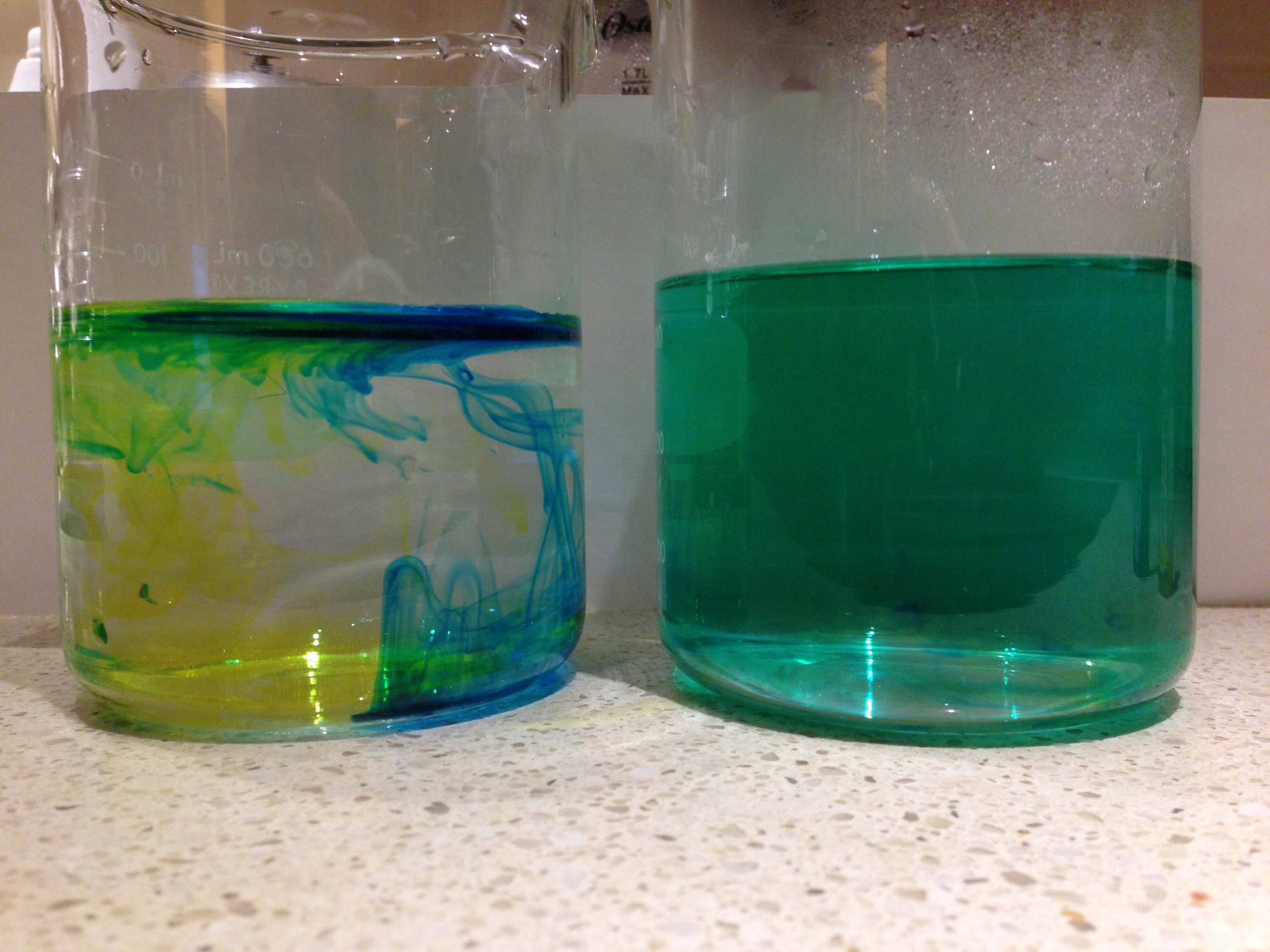

“It will be the world’s first health-based guidance value of any sort for microplastics formally recommended by a working group or government agency,” he said. Instead, it will probably be a preliminary guideline to help water providers and consumers assess the levels in their water, and it is likely to change with more research, Coffin said. The health threshold won’t be an enforceable standard at this point it’s unlikely to carry the weight of regulation. No government has developed a health-based threshold for microplastics in drinking water, according to the water board’s Scott Coffin. While from pole to pole there’s been widespread study of the environment to figure out where microplastics have wound up, there’s been less research into their possible effects on people. And that doesn’t include the unknown quantities in freshwater rivers and lakes, or the particles that have sunk into the oceans, washed ashore or been consumed by marine life. Trillions of microplastic particles are floating on the surface of the world’s oceans, weighing at least 100,000 tons.

Photo by Michelle Sneed, US Geological Survey Runoff carrying microplastics can pollute open channels such as the California Aqueduct, which provides much of the imported water to the Metropolitan Water District’s 19 million customers in Southern California. All of these particles can wind up in waterways that provide drinking water, such as the massive, 444-mile long California Aqueduct. But sources of tiny plastic are still ubiquitous: Synthetic clothing sheds microplastics in wash cycles that discharge into sewers, fragments rub off car tires and ever-increasing plastic waste crumbles into tiny particles. Microplastics have contaminated the environment and the bodies of animals around the world: Ice cores in the Arctic, invertebrates in Antarctica, humpback whales in the North Sea, seals and seabirds in the Southern Ocean, fish and shellfish on six continents and even human placentas.Ĭalifornia banned microbeads in toiletries like facial scrubs and toothpaste five years ago. “So is it too early to do something? No, it is actually a bit late.” Awash in microplastics And the contaminants, they live longer than we do, meaning that the soup will get thicker,” said Rolf Halden, director of the Biodesign Center for Environmental Health Engineering at Arizona State University. And we don’t seem to be changing our ways. “We now know that we live in a soup of plastic that is getting ever denser. People probably absorb more simply by breathing. Researchers applaud California’s efforts to move forward, even though they caution that drinking water is not thought to be the biggest source of microplastics people consume. Theresa Slifko, chemistry unit manager at the Metropolitan Water District of Southern California, which provides imported water to 19 million Californians, warns that monitoring drinking water for microplastics is going to be “very complicated and time consuming, and that’s why it’s expensive.”ĭeveloping a health guideline for microplastics is “a tough one,” said Razmik Manoukian, the Los Angeles Department of Water and Power’s director of water quality.“But there’s a lot of studies worldwide done on plastic exposures … so it could be they can come out with a preliminary number.” “It really is accelerating the field quite a bit.” “To be honest, if the legislature hadn’t given us such an aggressive deadline, with rather high goals, this might not happen this year,” said Scott Coffin, a research scientist with the State Water Resources Control Board. And no one knows what dose may be “safe” to consume, since the human health effects are largely unknown.Ĭalifornia’s water regulators are pushing to close those gaps. There isn’t even a standardized method to test for them.

No one knows how widespread microplastics in California’s drinking water really are. “Is it too early to do something? No, it is actually a bit late.” Rolf Halden, director of ASU’s Biodesign Center for Environmental Health Engineeringīut there are big obstacles to such early action: Research into the consequences of ingesting tiny plastic fragments is still in its infancy. The state’s aim is to take a precautionary approach, moving to tackle potential threats posed by microplastics. Now the state Water Resources Control Board is blazing a trail to issue a preliminary health-based threshold and testing methods by July 1.


 0 kommentar(er)
0 kommentar(er)
